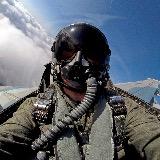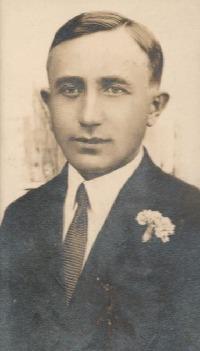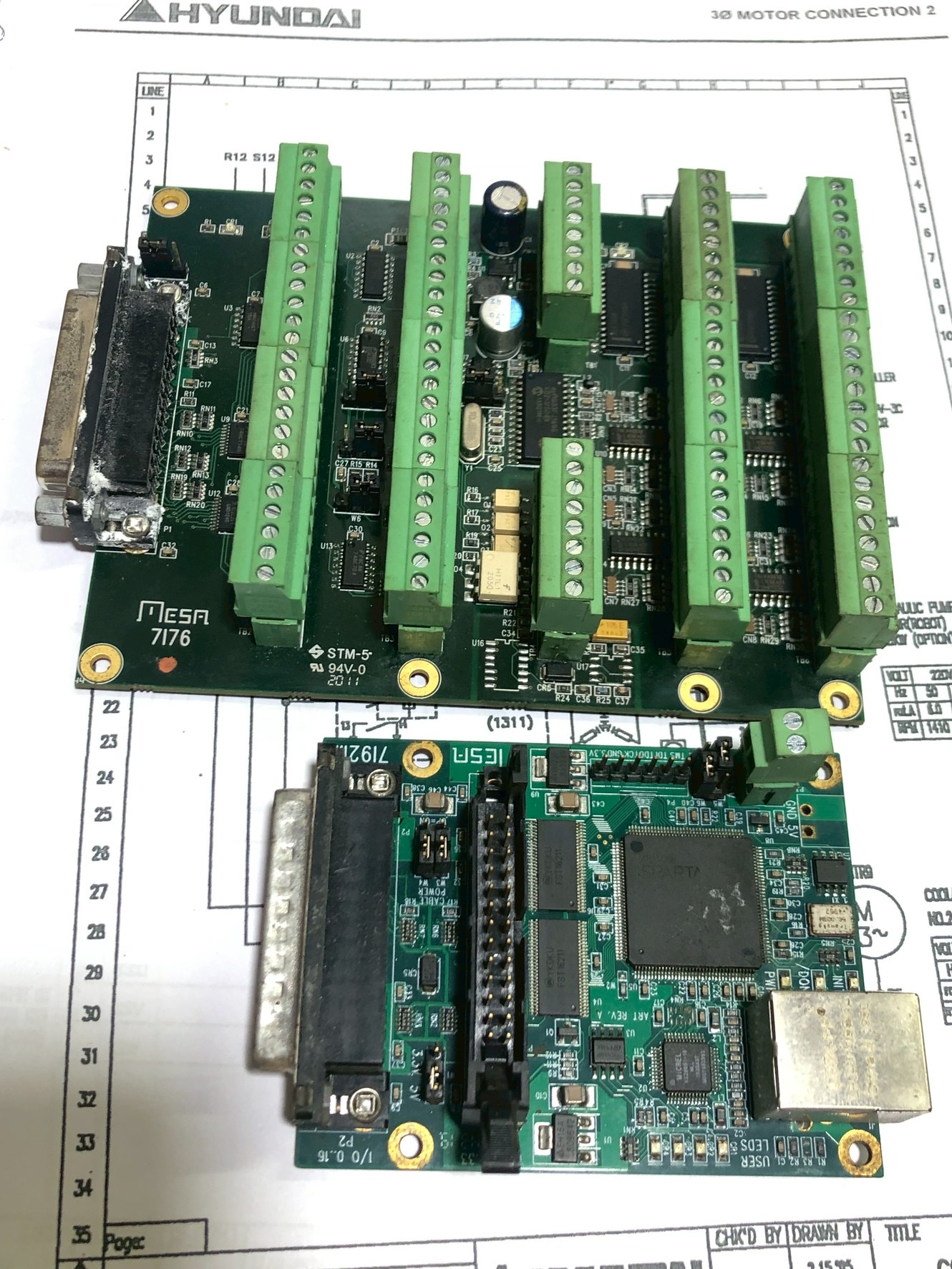Search Results (Searched for: )
- grandixximo

Today 09:00 - Today 09:06
Replied by grandixximo on topic LinuxCNC S-Curve Accelerations
LinuxCNC S-Curve Accelerations
Category: General LinuxCNC Questions
- zmrdko

Today 08:49
Replied by zmrdko on topic LinuxCNC S-Curve Accelerations
LinuxCNC S-Curve Accelerations
Category: General LinuxCNC Questions
- endian

Today 08:24
Replied by endian on topic LinuxCNC S-Curve Accelerations
LinuxCNC S-Curve Accelerations
Category: General LinuxCNC Questions
- grandixximo

Today 08:17 - Today 08:30
Replied by grandixximo on topic LinuxCNC S-Curve Accelerations
LinuxCNC S-Curve Accelerations
Category: General LinuxCNC Questions
- endian

Today 08:13
Replied by endian on topic LinuxCNC S-Curve Accelerations
LinuxCNC S-Curve Accelerations
Category: General LinuxCNC Questions
- grandixximo

Today 08:07
Replied by grandixximo on topic LinuxCNC S-Curve Accelerations
LinuxCNC S-Curve Accelerations
Category: General LinuxCNC Questions
- endian

Today 07:58 - Today 08:07
Replied by endian on topic LinuxCNC S-Curve Accelerations
LinuxCNC S-Curve Accelerations
Category: General LinuxCNC Questions
- JanCNC
- JanCNC
Today 07:53 - Today 08:32
Replied by JanCNC on topic Servos drives directly start turning
Servos drives directly start turning
Category: General LinuxCNC Questions
- grandixximo

Today 07:42 - Today 07:59
Replied by grandixximo on topic LinuxCNC S-Curve Accelerations
LinuxCNC S-Curve Accelerations
Category: General LinuxCNC Questions
- endian

Today 07:36
Replied by endian on topic LinuxCNC S-Curve Accelerations
LinuxCNC S-Curve Accelerations
Category: General LinuxCNC Questions
- grandixximo

Today 07:24 - Today 07:33
Replied by grandixximo on topic LinuxCNC S-Curve Accelerations
LinuxCNC S-Curve Accelerations
Category: General LinuxCNC Questions
- SOLD
- SOLD
Today 06:54 - Today 07:17
7i92M + 7i76 add PWM+PktUART was created by SOLD
7i92M + 7i76 add PWM+PktUART
Category: Driver Boards
- endian

Today 06:53
Replied by endian on topic LinuxCNC S-Curve Accelerations
LinuxCNC S-Curve Accelerations
Category: General LinuxCNC Questions
- NWE
- NWE
Today 06:41 - Today 07:04
Replied by NWE on topic RPi CM5 on Mesa Ethernet 7i95
RPi CM5 on Mesa Ethernet 7i95
Category: General LinuxCNC Questions
- Mbrand1901
- Mbrand1901
Today 05:55 - Today 07:58
Replied by Mbrand1901 on topic Retrofitting Deckel FP4ATC
Retrofitting Deckel FP4ATC
Category: Milling Machines
Time to create page: 1.582 seconds

